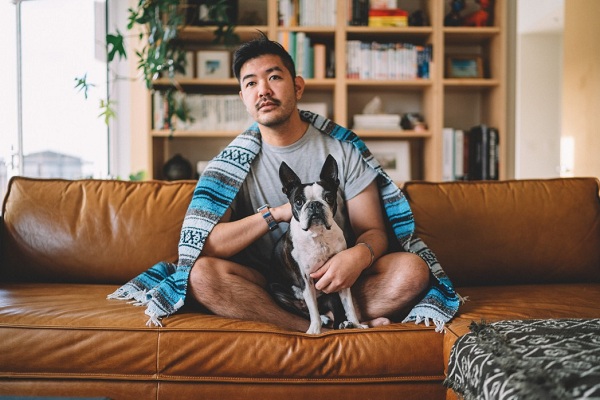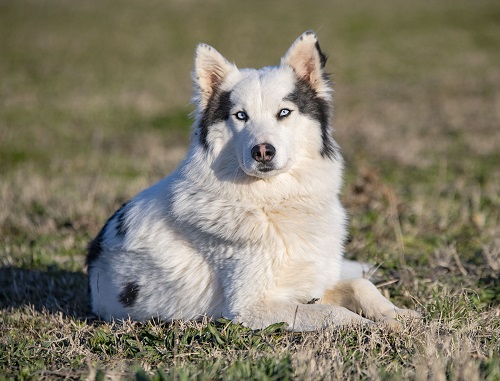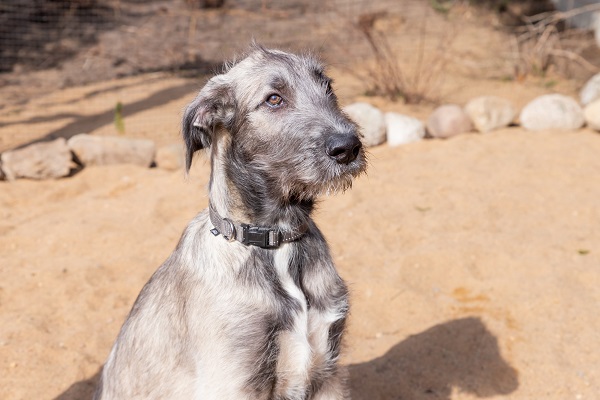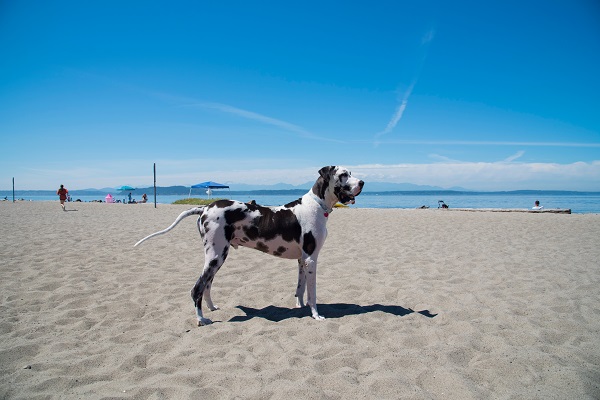Welcoming a new pet into the family can bring overwhelming feelings. It is a mixed bag of emotions, including excitement, happiness, challenges, and much more.
However, a thorough discussion with everybody in the house is essential when adopting a dog. You may be adopting a dog for the first time from the rescue center, or this may be your nth time; always make sure the necessary changes are needed.
The first few days and weeks after an animal comes from a shelter home are incredibly stressful. When you welcome any dog, you must do a proper background check of the animal – the type of dog, breed, habits, food preferences, immunization details, age, and complete medical history.
Experts say that the first few days for the adopted pet are exceedingly complex. As an owner, it is your reasonability to ease the discomfort.
Here are some simple yet effective tips for the first 30 days of dog adoption.
Give ample time to settle:
When you welcome a pet into your family, it will be a new experience for both the dog and the family. So, it’s essential to be patient with your pet. If it is a little pup or a grown-up dog, please give the pet sufficient time to settle in the unfamiliar environment.
Every dog is unique. It is a crucial reason that because of their breed, age, background, and habits, the settling time shall vary from one another. A newly adopted dog may take a few days or months to feel at home.
You may feel excited to adopt a pet and bring it home. However, there will be challenges to ensure proper care are many. Every dog has different struggles when entering the home. Some feel shy and hide away; some may refuse to eat, some exhibit bouts of overexcitement, and some may experience gastrointestinal issues.
Set timetable and routine:
It is good to give some time to the pet to understand the family members and relate to the unfamiliar environment. Start by creating a bond with all. Then gradually introduce a structure of living.
Dogs enjoy routine. It includes time for play, sleep, and a fixed time for food. Bring pet-friendly items and keep them at home. The new addition to the family should feel welcomed with treats, a designated resting area, and a food bowl.
Formal introduction to the family:
When you bring a dog home, you must introduce them to each family member. Please befriend them to any frequent visitors at home. This simple exercise makes them comfortable and conveys that the house is their neutral territory.
If you have pre-existing pets, ensure the new additions go well with the older ones. Keep the resting areas, eating bowls, and leashes separate. Dogs love owing to things, and sharing comes only after a certain period.
Avoiding leaving the two pets alone during the first few weeks is dangerous. Observe the signs of aggression; it could be between two animals or an animal and a human being.
You can stop immediately and sort it out before it turns unsafe. It is always better to keep them under supervision, and once you feel that they enjoy a comfortable space with each other – let them have fun.
Crate training is primary:
Pups are great in crates, and they enjoy the coziness of the box. You can introduce a simple training tool during the first few weeks after adoption to crate-train your dog. Please ensure the container is always more significant for the dog so they get enough space to feel comfortable with warm blankets and toys.
The crate space makes the pet feel secure inside the container and not jailed. You can personalize the room by adding pillows, comforters, and favorite toys.
Interactive tools and toys:
Order several toys that include chewing tools for the newly adopted pet. When you welcome a rescue dog or pets from a shelter home, they feel uneasy about playing and interacting. Introducing cuddle toys, squeaky toys, and warm blankets are simple yet effective ways to make the pet feel at home.
Always supervise your new friend while they are playing with the chewy toys. You do not want them to damage it and choke. Discourage if they start picking household items as play – redirect them to the proper toys and tools for the activity. The size of any toy is imperative – do not invest in those toys which can fit their jaws and leads to swallowing.
Professional training is critical:
You may have experience training rescued dogs. If it is, then start the internship within ten days of adoption. However, if you are new to any dog breed or new to pets, hiring professional dog trainers will be a wise decision to help avoid
Seek dog trainers who are experts in rescue dog behavior.
The most significant consideration will be the bond between you and the dog. Always remember you are the leader and not the trainer. You must learn the voice commands, hand signals, and tapping sounds.
These are a few essential things that will help train your pet. Your dog training session is practical for both – you and your dog.
Conclusion
You can always introduce healthy food habits. A rescue dog may struggle with the meals and treats at the start. So, it is better to be patient in starting the process. Please take the pet on walks and in outdoor human environments.
It helps the shy and reserved dogs to open up within the first few weeks of adoption. Appreciate and encourage them by treating and patting their back when they exhibit good behavior in public spaces.
FAQs
Q: How do I prepare my home for a new pet?
A: Start by pet-proofing your home, securing potential hazards, and creating a comfortable space with essentials like food, water, bedding, and toys.
Q: What should I consider when adopting a rescue animal?
A: It’s essential to consider the pet’s age, temperament, exercise needs, and compatibility with your lifestyle and family members to ensure successful adoption.
Q: How can I help my new rescue pet adjust to their new environment?
A: Give your pet time to acclimate by providing a quiet space, establishing a routine, offering positive reinforcement, and gradually introducing them to new experiences.
Q: What are the essential vaccinations and medical care needed for a new pet?
A: Schedule a visit to the veterinarian for vaccinations and a general health checkup, and discuss preventive measures like spaying/neutering and flea/tick control.
Q: How can I bond and build a strong relationship with my new pet?
A: Spend quality time together, engage in positive training sessions, offer love, patience, and attention, and reward good behavior for fostering a strong bond with your new pet.

 DogExpress
DogExpress





















 in Chandigarh, India.
in Chandigarh, India. 
